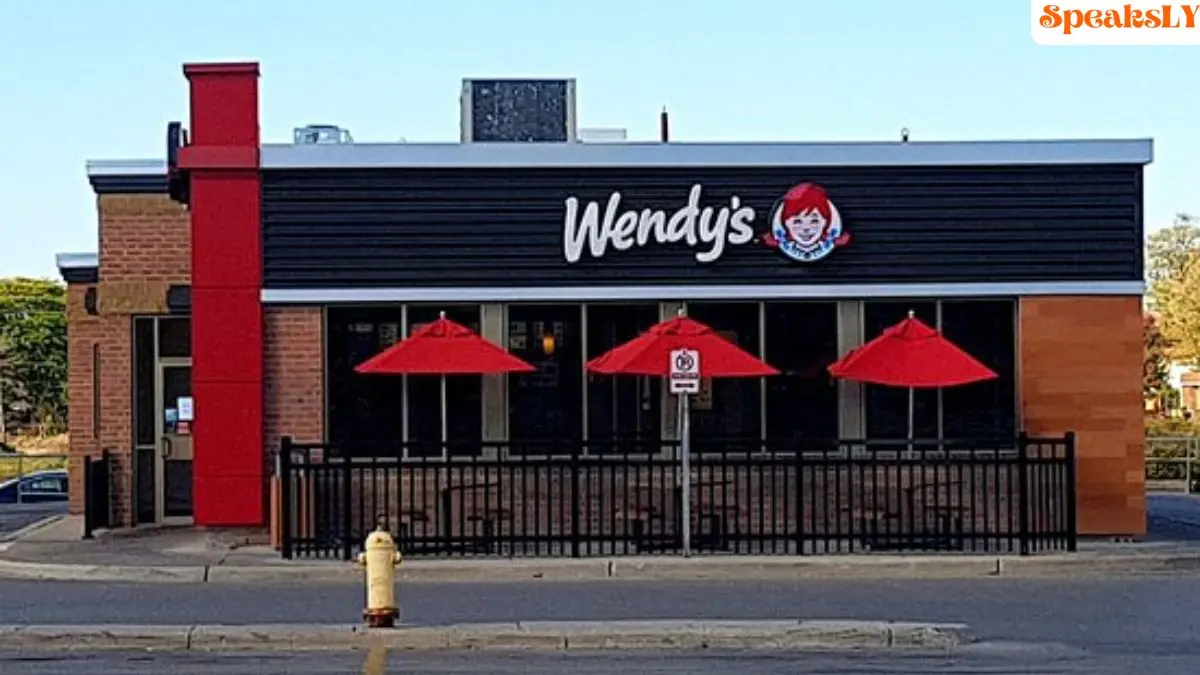Wendy Restaurants Closing: Fast-food chain Wendy’s is set to close 140 of its underperforming locations across the U.S. by the end of 2024, the company announced during its third-quarter earnings call. Wendy’s CEO Kirk Tanner revealed that these closures target “outdated and underperforming” locations with financial performance significantly “below the system average.” However, Wendy’s plans to offset the impact by opening a similar number of new, strategically placed restaurants, designed to boost profitability and enhance customer experience.
Why Wendy’s Is Closing Locations
The closures are part of a larger strategy Wendy’s has adopted to streamline its operations and strengthen its brand. “We conducted a thorough review of each restaurant to ensure they meet our expectations for sales and profitability,” Tanner said, adding that the selected closures are not limited to any specific geographic area. According to the CEO, the locations slated to close are primarily outdated stores in areas with low profitability, allowing the chain to redirect focus towards high-growth trade areas.
New Openings with Enhanced Designs
Despite the closures, Wendy’s overall footprint will remain steady, as it aims to launch 250 to 300 new locations globally in 2024 alone. These new restaurants will feature Wendy’s latest design, introduced in 2022, which includes modernized pick-up windows, upgraded kitchen technology, and refreshed interiors. The company has been using “data-driven insights to target high-growth trade areas,” and Tanner expects this restaurant expansion to help Wendy’s achieve a 3% to 4% unit growth rate by 2025.
This plan follows Wendy’s previous announcement in May 2024 to close 100 underperforming locations. Yet with more than 500 new restaurants opened over the past two years, Wendy’s has demonstrated a commitment to revitalizing its market presence.
Wendy’s Financial Performance and Industry Trends
In the most recent quarter, Wendy’s reported a 2.9% increase in revenue, reaching $566.7 million, surpassing analysts’ expectations. However, same-store sales rose just 0.2%, below market forecasts. Like other quick-service chains, Wendy’s has faced challenges with maintaining strong traffic and sales numbers amid fluctuating customer demand.
Wendy’s isn’t alone in making these moves. Other chains, including Denny’s and Shake Shack, have also recently closed underperforming locations to optimize profitability and improve their brand presence. Wendy’s strategy of focusing on better-performing areas aligns with a growing trend in the fast-food industry, where many chains are reconsidering their real estate to drive growth and efficiency.
Looking Ahead
By refining its restaurant footprint and investing in modernized stores, Wendy’s aims to position itself more competitively. As the brand continues to grow, the planned expansion reflects an optimistic outlook for the chain’s performance in 2025 and beyond. With strategic openings and a focus on improving customer experience, Wendy’s hopes to maintain its stronghold in the competitive fast-food landscape while enhancing its appeal to both loyal customers and new patrons alike.






